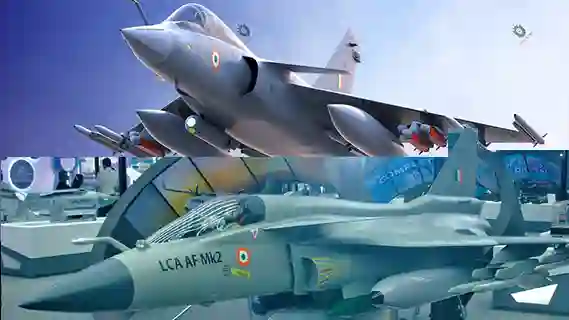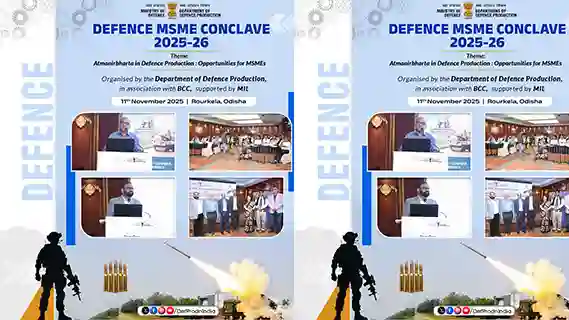The Tejas Mk2 program has been in the works for years, with engineers and defence planners eagerly anticipating its arrival. This next-generation fighter is meant to bridge the gap between the current Tejas Mk1A and future indigenous combat aircraft like the AMCA. But while the technology is promising, the timeline has become the real challenge.
From Optimism to Delay
The plan was clear: roll out the first Tejas Mk2 prototype by the end of 2024 and take to the skies by March 2025. This schedule gave the Indian Air Force and the wider defence ecosystem a clear path for testing, evaluation, and eventual induction.
Now, that timeline has shifted again. The first flight is expected only in the second or even third quarter of 2025. On paper, that’s just a few months’ delay. In reality, it’s part of a pattern — a “quarter-by-quarter” pushback that slowly chips away at momentum.
Why Small Delays Matter
In the defence sector, each delay is more than just a date on the calendar:
Impact on Force Planning:** The Air Force adjusts deployment and induction plans based on when a platform is ready. Shifts in schedule disrupt long-term operational readiness.
Industrial Ripple Effect: Suppliers, subcontractors, and research teams schedule their work around development milestones. When those milestones move, so do production timelines.
Morale and Motivation: For service personnel embedded in development teams, repeated delays can be exhausting. Many of them have been involved for years, and every missed deadline feels like a personal setback.
The Bigger Picture
India’s push for self-reliance in defence hinges on reliable timelines. Each postponed rollout delays the replacement of ageing platforms, slows down the ecosystem of private and public manufacturers, and erodes trust in delivery schedules.
The Tejas Mk2 will eventually take flight — there is little doubt about that. But if India wants to strengthen its indigenous defence capability, ensuring that such delays don’t become the norm is just as critical as perfecting the aircraft’s design.
Because in modern warfare, time is a weapon — and right now, we’re giving some of it away.
Read More





